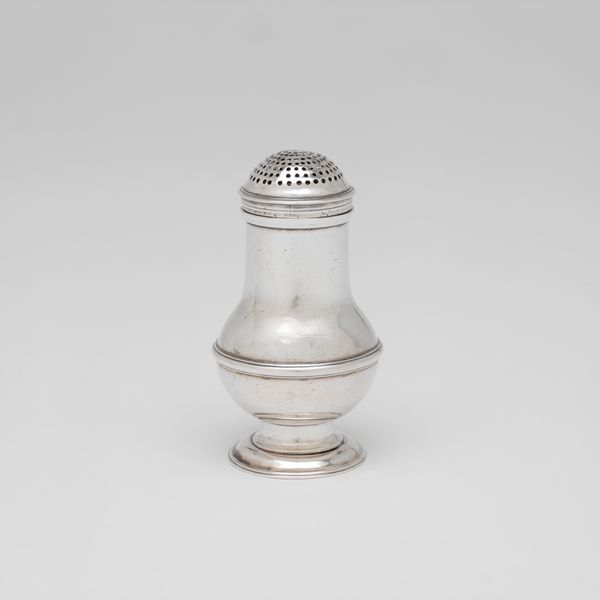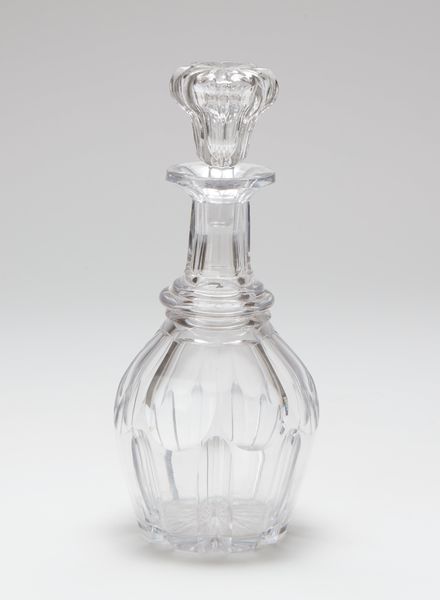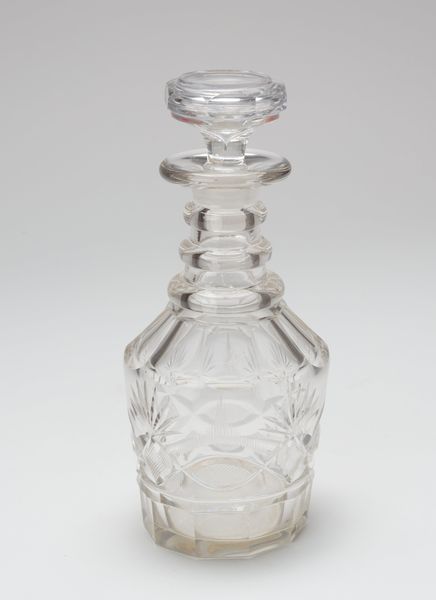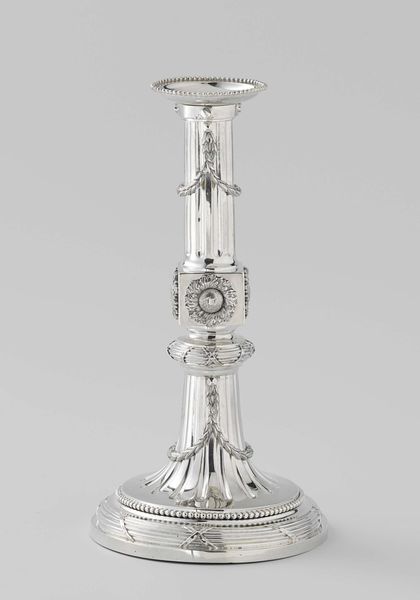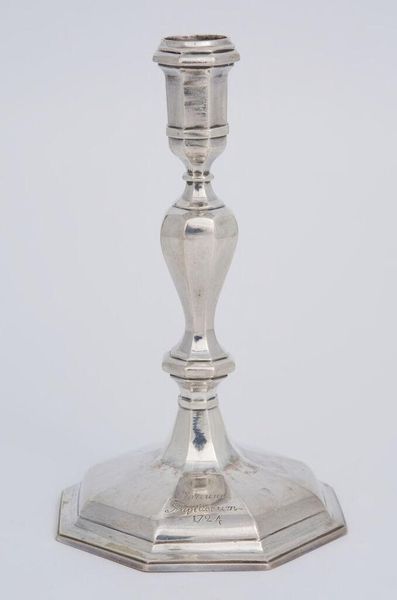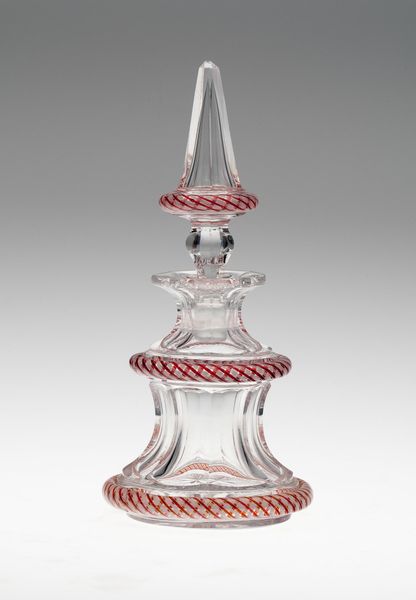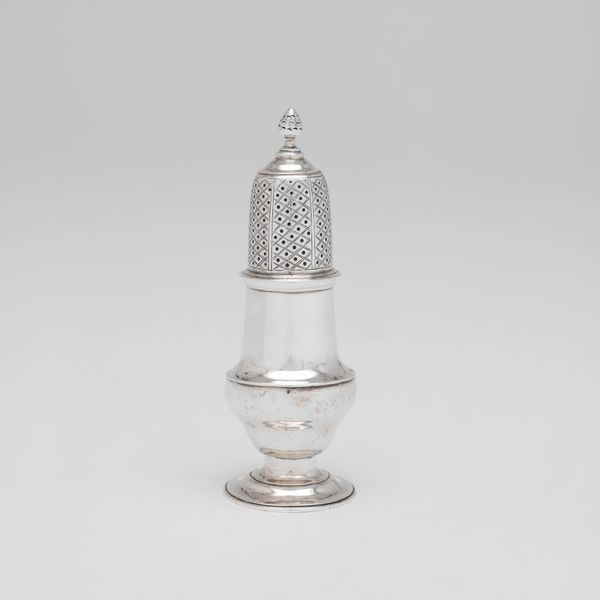
silver
#
silver
#
baroque
#
vessel
#
decorative-art
Dimensions: H.: 9.2 cm (3 5/8 in.)
Copyright: Public Domain
Editor: So, this beautiful object is called "Caster," made between 1731 and 1740 by Jacob Hurd, and it's crafted from silver. I'm really struck by its smooth, almost voluptuous form. It feels incredibly tactile and luxurious. What's your take on this piece? Curator: It's more than just a luxury item; it’s a statement. During the Baroque period, owning silver like this "Caster" reflected not only wealth, but also social standing. Think about the ritual surrounding dining and entertaining in the 18th century. Where would this object have been placed, and what message would its presence have conveyed? Editor: I imagine it would have been proudly displayed on a dining table, highlighting the owner’s refined taste and wealth. Curator: Exactly. Its Baroque style, while decorative, also had political undertones. Silverware like this caster was a signifier of participation in a global economy, often built upon colonial trade routes. Even the form of the object – the delicate piercings allowing for controlled distribution – speaks to ideas of order and refinement valued by the elite. Does considering its historical context change your initial tactile impression? Editor: Definitely. Knowing about the colonial connections complicates that sense of luxury. I’m now thinking about who had access to this kind of craftsmanship and who didn’t. Curator: Precisely. This caster allows us to explore the complex relationship between artistry, consumption, and social power dynamics. Editor: It's amazing how one small object can tell such a big story. I see it in a completely new light now. Curator: And that's the power of historical context – transforming an object into a lens through which we can examine society.
Comments
No comments
Be the first to comment and join the conversation on the ultimate creative platform.

